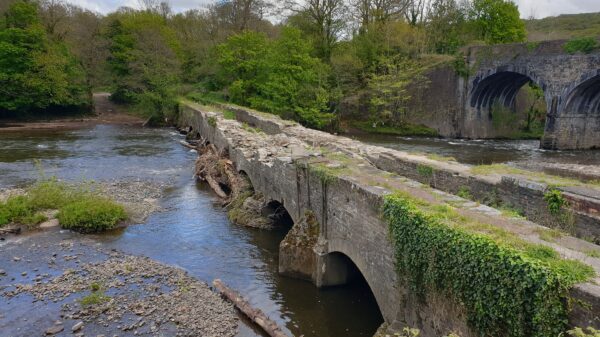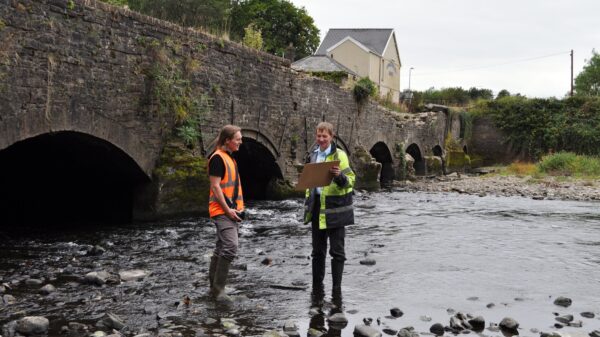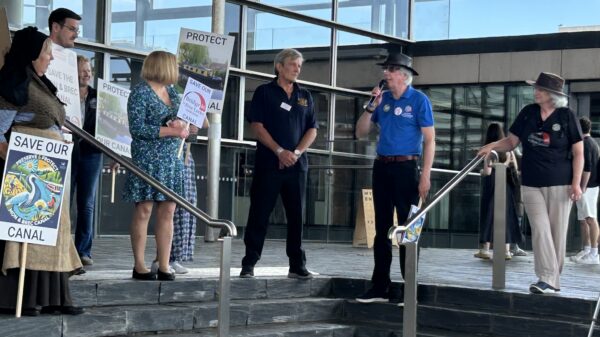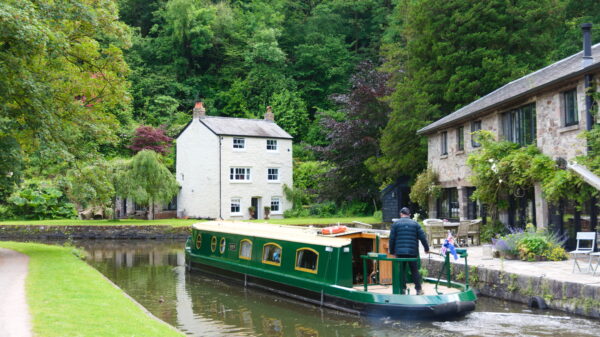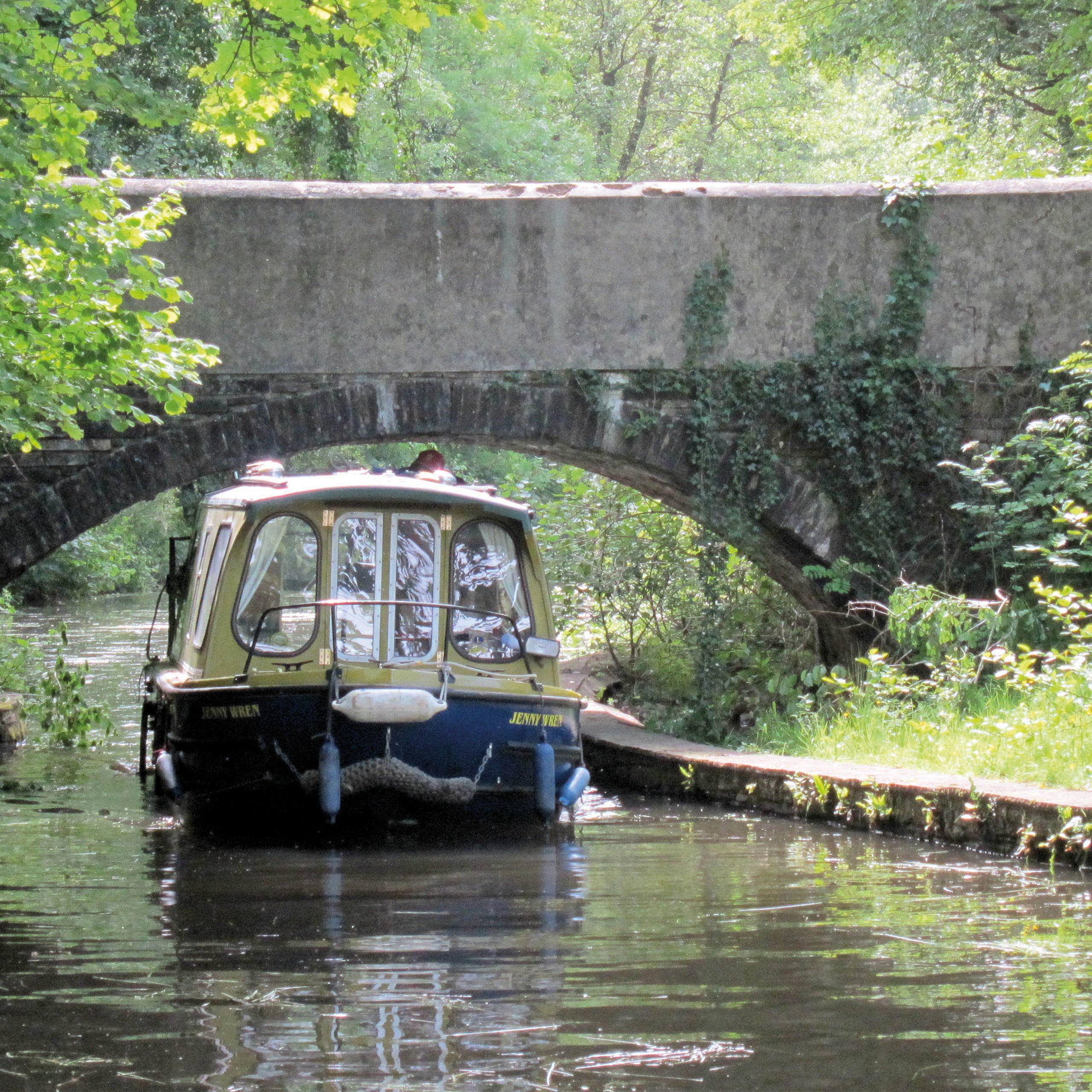IWA has expressed its deep concerns at plans announced by the local authority, in a recent consultation, to cease funding of towpath access to the Neath Canal, which would likely lead to the Canal being entirely closed off to public access. In a letter to the leader of the Council, chair of IWA’s Navigation Committee, Sue O’Hare, urged Neath Port Talbot Council to recognise the value of public access to whole length of the Neath Canal and to work with the private owner to ensure the continued benefits that use of this valuable asset bring to the community. Much of the Neath Canal is owned by property developers St Modwen, to which the Council pays an annual fee to maintain public access.
IWA’s letter draws attention to the Association’s recent report Waterways for Today which demonstrates the benefits of inland waterways and highlights twelve specific themes, and the recent article “Waterways at Risk” in the Local Government Association’s First Magazine, written by Sir Robert Atkins, IWA trustee, former waterways minister and MEP. The Council has suggested that it could save £135,000 by terminating access agreements.
The benefits and importance of the towpath as a local amenity are recognised in the Council’s Rights of Way Improvement Plan. There have also been, so far unsuccessful, attempts, dating back since 1990, to get the towpaths of both the Neath and Tennant canals recognised as public rights of way.
The 13.5-mile (21.7 km) Neath Canal stretches from Pontneddfechan to Neath, has 19 locks and was first completed in 1795, with extensions added from Neath to Giant’s Grave a year later, and further private extensions including the Jersey Canal, reaching Briton Ferry by 1842. Since construction the waterway has been owned by the Neath Canal Company, but that company is currently owned by St Modwen the property developers, who acquired it from petrochemical giant BP as part of a major industrial land redevelopment. BP had originally acquired the canal company for industrial water supply purposes. Use of the Canal for navigation purposes ceased in the 1930s, but restoration was proposed in 1974 with the formation of Neath and Tennant Canals Preservation Society (now Neath and Tennant Canals Trust), and more recently Ty Banc Canal Group has formed to work on the northern part of the canal. From 1974 to 1990 the canal benefited from job creation schemes run by the Manpower Services Commission and Youth Training Scheme to work on the northern section from Resolven to Ysgwrfa. By 1990 there was 3.5 miles (5.6 km) of navigable canal, including 7 restored locks and a slipway at Resolven Basin. It received a 1998 Europa Nostra award for the quality of the work, and a Civic Trust Award in 1992. The £4 million project was jointly funded by the Welsh Office and the Prince of Wales Trust. At one time, there were two trip boats on the canal, but both have ceased operating.
[The photo shows a trail boat on the Neath Canal at an IWA National Trailboat Festival]

